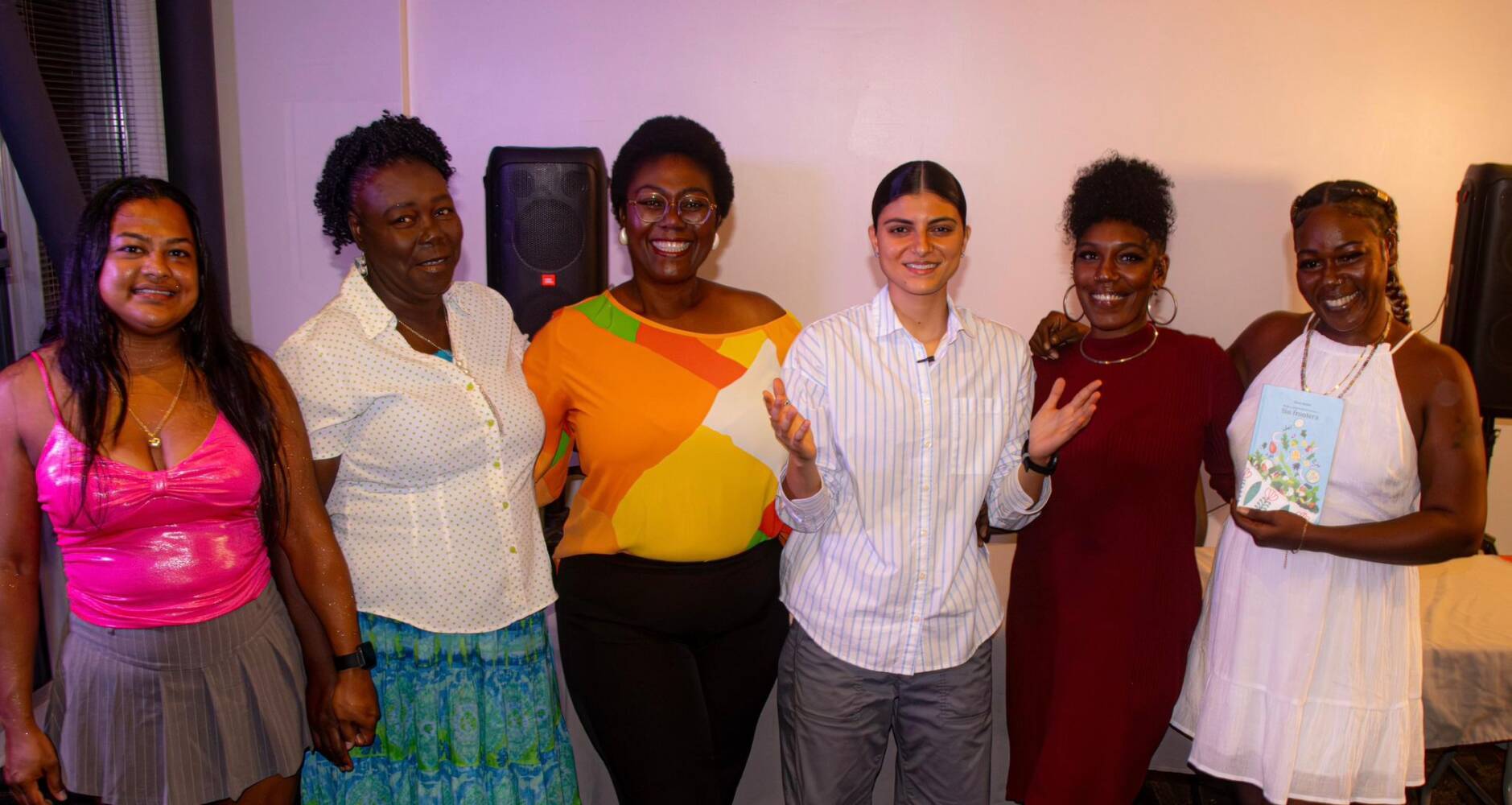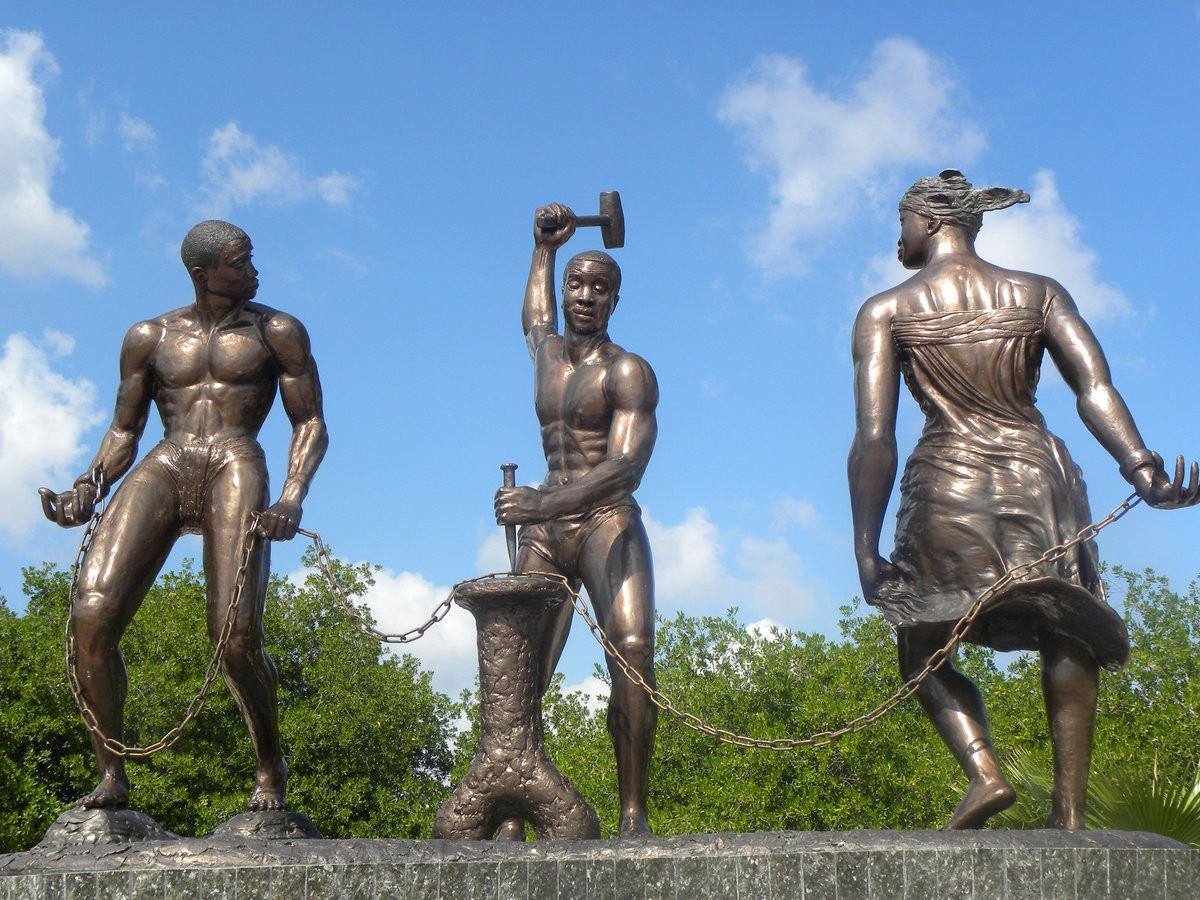PHILIPSBURG – Earlier this summer, Kippy Gilders, project manager at Environmental Protection in the Caribbean (EPIC) Foundation started a project called: “Restoration of Key Biodiversity Areas of St. Maarten.” But with the passing of hurricane Irma, the project was put to a halt. The environment was devastated.
Gilders: “When everyone, including myself emerged after the storm, the hillsides were bare, it looked like nature had been defeated.”
Article continues after the video
By Laura Bijnsdorp
The aim of the project was to plant native trees at three different locations around St. Maarten (Cay Bay, Sentry Hill and Little Key). The project was one of the initiatives approved by the BEST 2.0 Programme, which is funded by the European Union.
The environment seemed defeated
A few weeks before hurricane Irma, the first assessments were conducted to figure out what plants and methods needed to be used. During this time Gilders planted twelve red mangroves seedlings at Little Key. Depending on their success-rates, Gilders and her team would plant hundreds more.
Hope found in five mangrove seedlings
Irma had destroyed a lot of the vegetation, surrounding reefs and caused issues such as huge oil-spills in various wetlands. The work of various environmental groups on the island was either halted or put to an end.
But there was also a glimmer of good news: in the midst of the upheaval week later Gilders found hope in the shape of five mangrove seedlings. Five of the twelve ‘test subjects’ at Little Key, in the Simpson Bay Lagoon had miraculously survived the category 5 storm. “Nature is resilient, especially our mangroves, as you can see!” Gilders gestured towards the healthy plants.
Four weeks later, EPIC resumed the reforestation project and will soon be planting more mangroves and native plant species.
A lot more support is needed
According to Natalia Collier, president of the EPIC foundation, Irma is not primary the reason Sint Maartens environment is in a dire state. “The real environmental devastation on Sint Maarten has been through unsustainable development on the island,” Collier explains.
Due to development of coastal areas, many of the mangrove forests on Sint Maarten are destroyed, including an estimated 85 percent of mangroves in the Simpson Bay lagoon. Collier continues: “The environment here is built to survive the tropical conditions, including storms. The only time it can’t revive is if we build on top of it.”
“Our nature cannot thrive if we do not make the effort to protect her. We need proper laws and implementation in place to protect the little that is left of our natural environment.” Gilders concludes.








